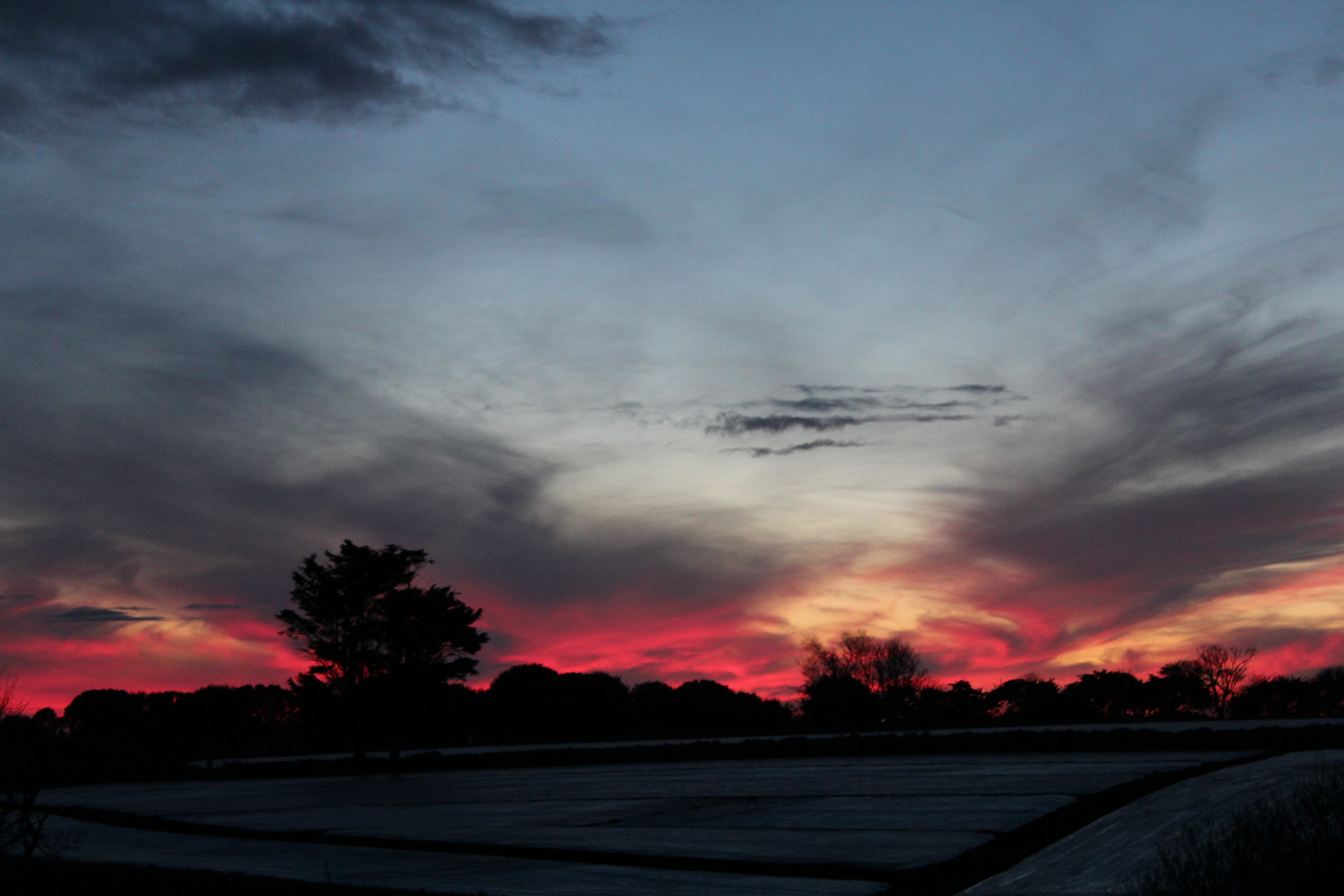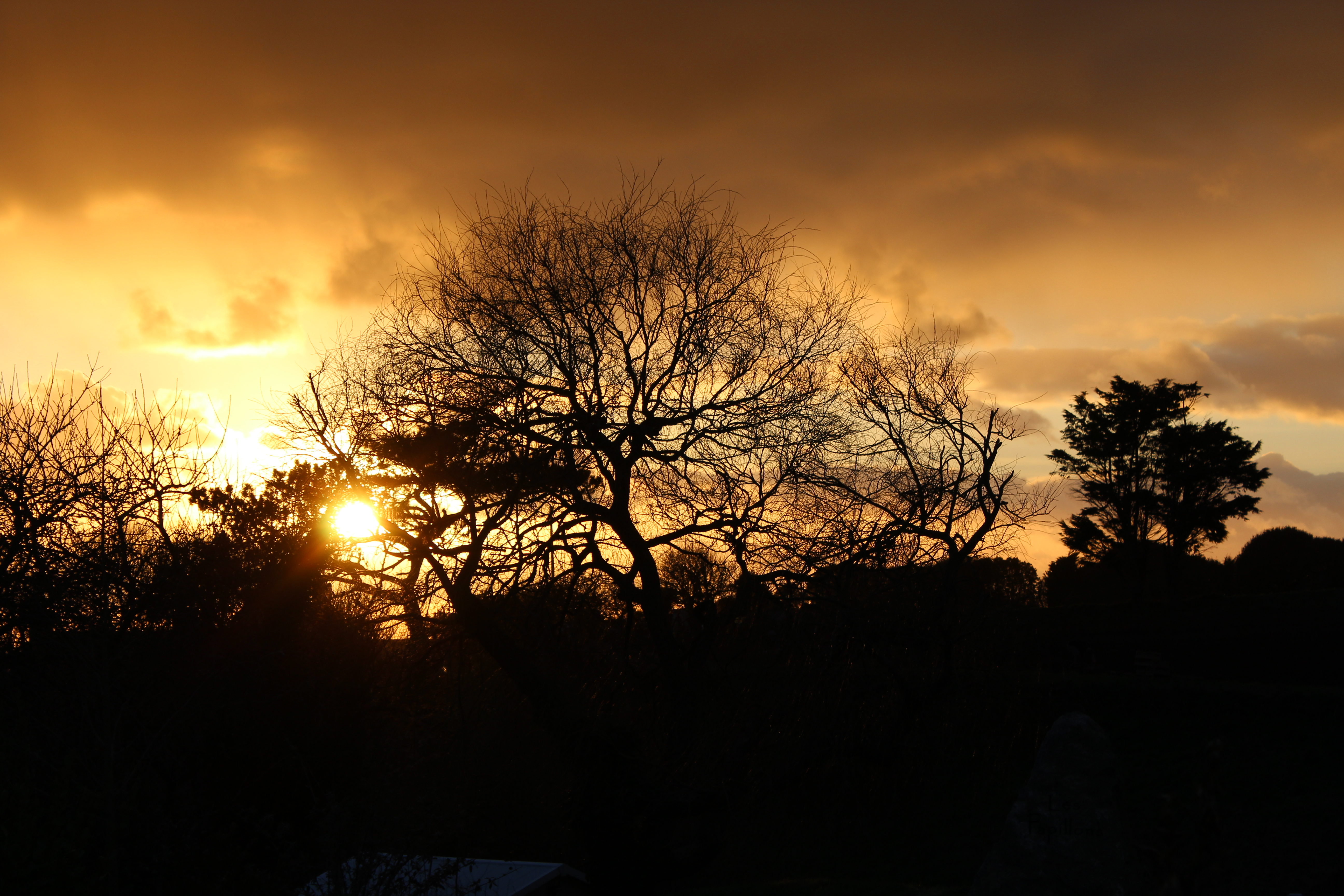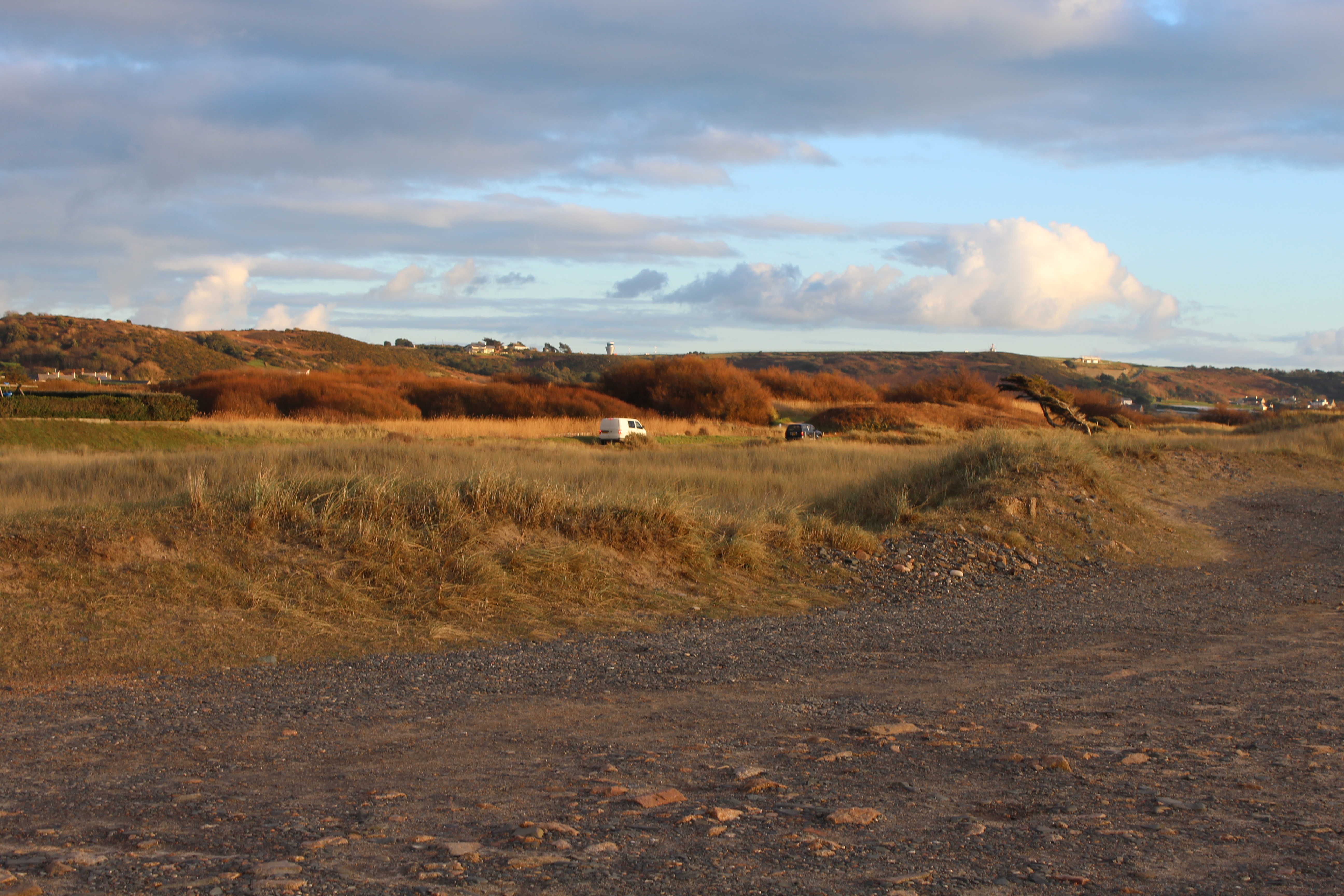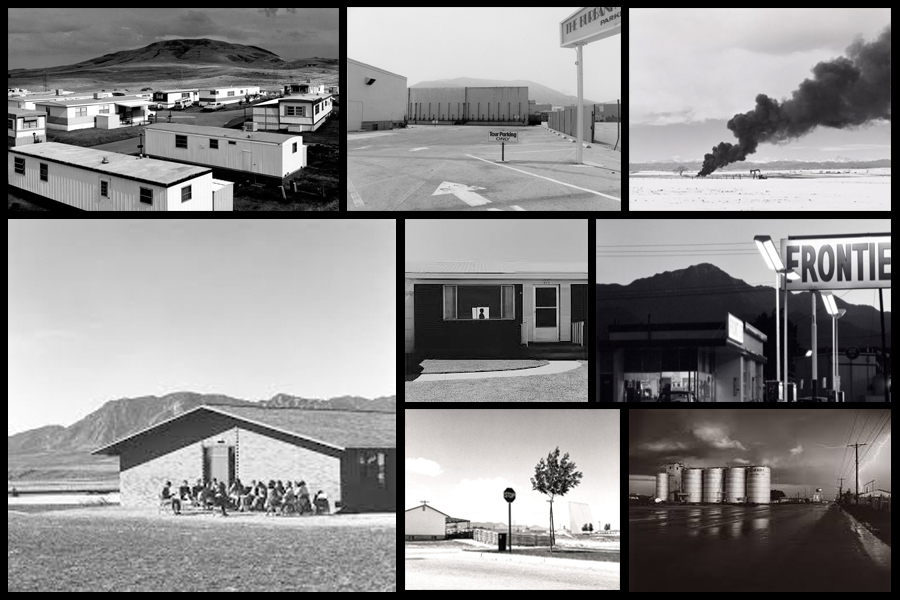Who is Stephen Shore?
Stephen Shore over the past five decades has conducted repeated interrogation of image making, this ranges from gelatin silver prints made as a teenager to his current forms of art on digital platforms. Stephen shore was born in America 1947, and is most famous for his capturing of mundane, unglamorous images. Shore has worked in many forms of photography, from cheap automatic cameras to large format cameras in the 1970s, where he pioneered the use of color before returning back to black and white in the 1990s and 2000s.
Shore’s first survey in New York was to include his entire career, as through the exhibition allowed a greater understanding of Shore’s work. His photography is very much defined by an interest in daily life, a taste for serial and often systematic approaches with a touch of sly humor. Some examples of his work consist of:

The image I found that stood out from the rest of the images taken was called ‘Ginger Shore’. I found this the most interesting picture due to the composition as seen below:

What I loved about the photo was the clear contrast between the subject in the image and the rest of the pool surrounding her, this was also emphasized through the use of the almost yellow pool side placed within the top left of the picture. This placement allows for the viewer to almost instantly focus on what the photographer wants you to notice, the woman. I found the fact that there was a vintage sense from the image made it particularly interesting, this it due to how everything used seemed ‘old fashioned’ such as the swimsuit ect, combined with the warm colors of the bank and water surrounding the subject that really made certain colors pop out.
The use of depth of field used on the swimming pool railings and the backdrop add effect, this is from how there is a sense of contemporary. We can see this is from how the picture seems to be taken just as the woman has stepped into the water, and stares of into the blurred, but obviously different setting seen in the distance.












































































 based photographers who were inspired by man made environments.Parking lots, suburban housing and warehouses were all depicted with a beautiful stark austerity.
based photographers who were inspired by man made environments.Parking lots, suburban housing and warehouses were all depicted with a beautiful stark austerity.









